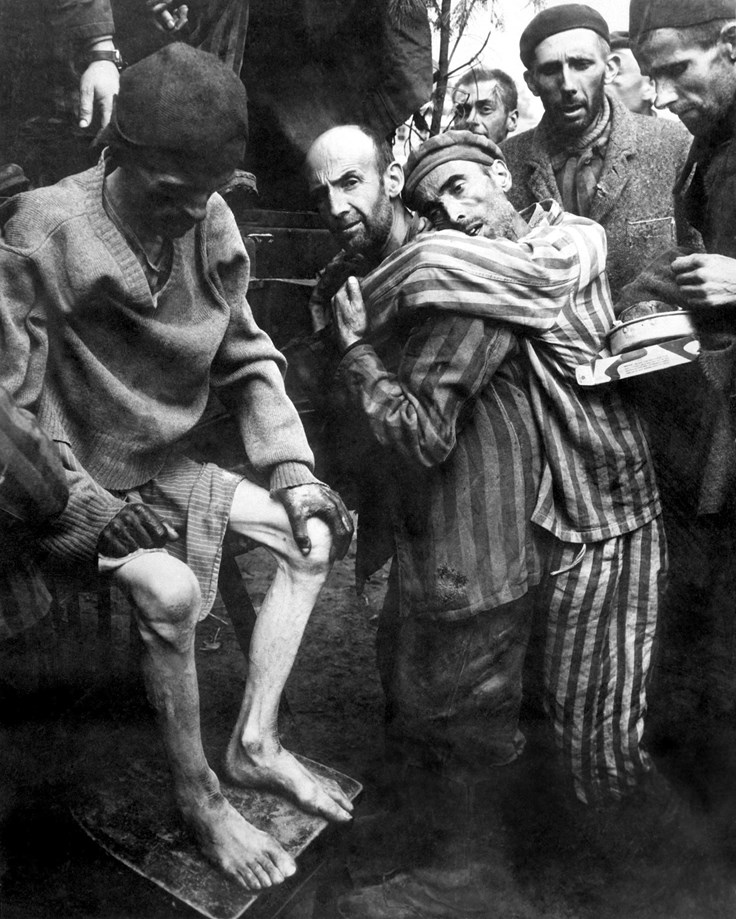"Valley of Shadows" is taking shape, and it is haunting. This is really the most difficult piece I've ever done. I find I can only work on it for about 20 minutes at a time. The texture is nearly laid and should be ready to cover with the aluminum leaf shortly. I really enjoy painting beauty and this is not beautiful at all. I hope it's powerful though.
I find it difficult to interact with people coming into my River Arts District studio while I'm working on this piece. Seriously! "Oh!" says some woman from any random state in the U.S. upon entering the studio. "Look George! The artist is working!" (This is my studio. Of course I'm working.) "What are you working on?" she asks excitedly.
How do I explain what I'm working on? "Well, I'm depicted corpses at the moment". What do I say? I try to work on this first thing in the morning, before many people are wondering in. Folks, this is really difficult.
Everything else I paint, I am completely fine with being interrupted with questions and with people coming around my desk for a closer look at what I'm working on at the moment. This one is different. I feel like the time I am working on this is holy. Truly sacred. I don't want it interrupted.
So if you're reading this and you're a recent early morning visitor to my studio and wondered why the artist was so aloof and in his own little world, well...now you know. I apologize. I really was in my own little world, but I had to be there. I had to be focused. I had to listen in my head. So difficult. I would much prefer painting mountain scenes around Asheville.















